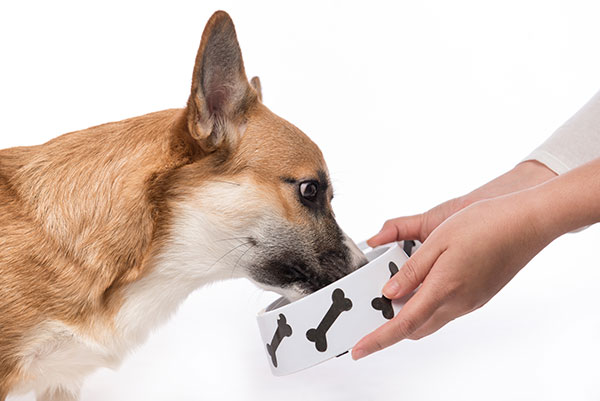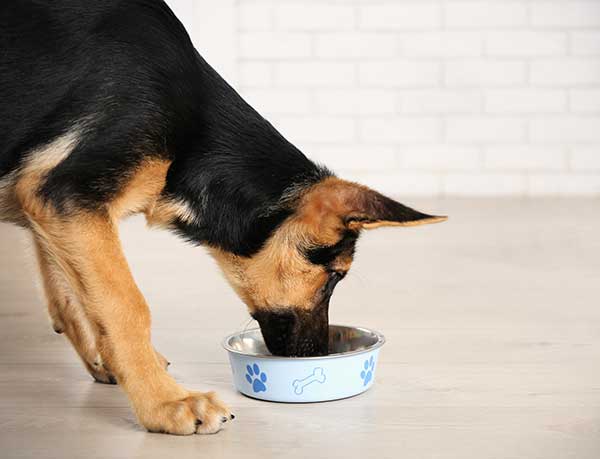Choosing the right pet food to maintain your pet’s health is challenging, ensuring they receive a balanced diet according to size, age, and breed.
Only well-feeding food can keep your pet healthy and happy. Many pet foods in the market are highly concentrated, but choosing the right food for your pet will promote their physical health and help mitigate any deterioration in their brain function as they age.
An excellent diet can give them a long, healthy life and psychological well-being. It is essential to consult your vet or animal nutritionist to request advice and a nutritional diet chart for your pet.
With the right balanced pet food, you should also look for Pet Food Brands because, with the proper food selection, food quality also matters.
Understanding your pet’s nutritional needs
Each pet has different nutritional needs for size, breed, age, and physical activity. Understanding your pet’s requirements will help you choose the right balance of nutrition in your pet’s food.
Your pet’s diet should balance protein, carbohydrates, fats, vitamins, and minerals. This section will discuss all essential nutritional needs.
1. Protein
To repair tissue and build a pet’s body, protein is an essential need. Choosing food that contains high-quality protein sources, such as chicken, beef, or fish, is crucial. The AAFCO association recommends that adult dogs should have 18% protein in their diet.
2. Carbohydrate
To maintain your pet’s energy level, carbohydrate is essential for them. Instead of fillers, look for food that contains whole grains, such as brown rice or oats. Before providing them with specific foods, consult your veterinarian because some dogs have allergic issues with certain carbohydrates.
3. Fats
Fats are the necessary elements in their diets to maintain the overall health of your dogs. It provides energy to the body of the pet and helps in the absorption of specific vitamins.
Remember that too much fat in your pet’s diet can lead to obesity, so look for healthy fats, such as omega-3 and omega-6 fatty acids found in fish or flaxes. Choosing a pet food with the appropriate amount of fat for your pet’s age, weight, and activity level is essential.
4. Vitamins and Minerals
Your pets require a variety of vitamins and minerals, such as vitamin A, vitamin E, calcium, and iron. You will have to choose the food wisely for your pet because some food contains excessive amounts of vitamins and minerals, which can cause health issues.
Always consult your veterinarian before changing your pet’s diet to prevent them from any allergic problems.

Key points to select the right food for your dog
Before buying food for your dog, you should look for important things. You must have an idea of some key elements to judge whether the product is high-quality pet food or not. Best foods always come with a brand and high-quality ingredients in them.
- Always read the food label to choose the right one for your furry friend.
- Always read the product guidelines because a standard dog’s food always maintains it.
- Always look for a reputable brand that delivers good quality products for your furry friends.
- Always check the ingredients list to ensure the food contains high-quality protein sources because providing quality, balanced nutrition to your furry friend is essential.
- Always check for the statement of AAFCO on the label.
- If you are buying the product online, review the reviews before purchasing the product and read the product’s full description.
Be a smart buyer and never compromise on food quality for your furry friend because many fake brands charge high for low-quality food. So, always do research before investing your money anywhere.
Types of food for your pet
Several types of food are available in the market; you have to select the correct one. Understanding differences is crucial for you to make an informed decision.
This section will discuss all types of food, such as dry, wet, semi-moist, and raw food. Let’s go through it.
1. Dry Food
Dry food is convenient, easy to store, and the most common type. It is less expensive than other foods and has a long shelf life.
Some dry food contains high amounts of carbohydrates which can lead to obesity and other health issues, so choose wisely.
Always choose a brand while purchasing pet food with high-quality ingredients and a good balance of protein, fats and carbohydrates.
2. Wet Food
Wet foods are the best fit for dogs who need more moisture in their diet. Wet foods are beneficial for dogs suffering from dental issues. It is more costly than dry foods but also has the drawback of a shorter life.
3. Semi-moist food
Semi-moist food is a collision of dry and wet food. According to the drawback of wet food, semi-moist food is more convenient, costly, and has a longer shelf life. It provides a good taste and texture of wet food but needs the convenience of dry food.
4. Raw Food
It is made up of uncooked meat, bone, and organs, which is claimed as more natural and healthier than processed food for pets. It is expensive and consumes more time to prepare, posing a health risk if improperly handled.

Conclusion
In conclusion, you are responsible for feeding your pet friend proper and suitable food for their healthy lifestyle. Providing them with well-balanced food will maintain their healthy weight, strong immune system and protect them from disease.
It is essential to consult with a veteran before making any changes in their diet because they will provide you with proper guidance for your pet. We hope this article provides essential information to find the right balanced food for your pet friend.

